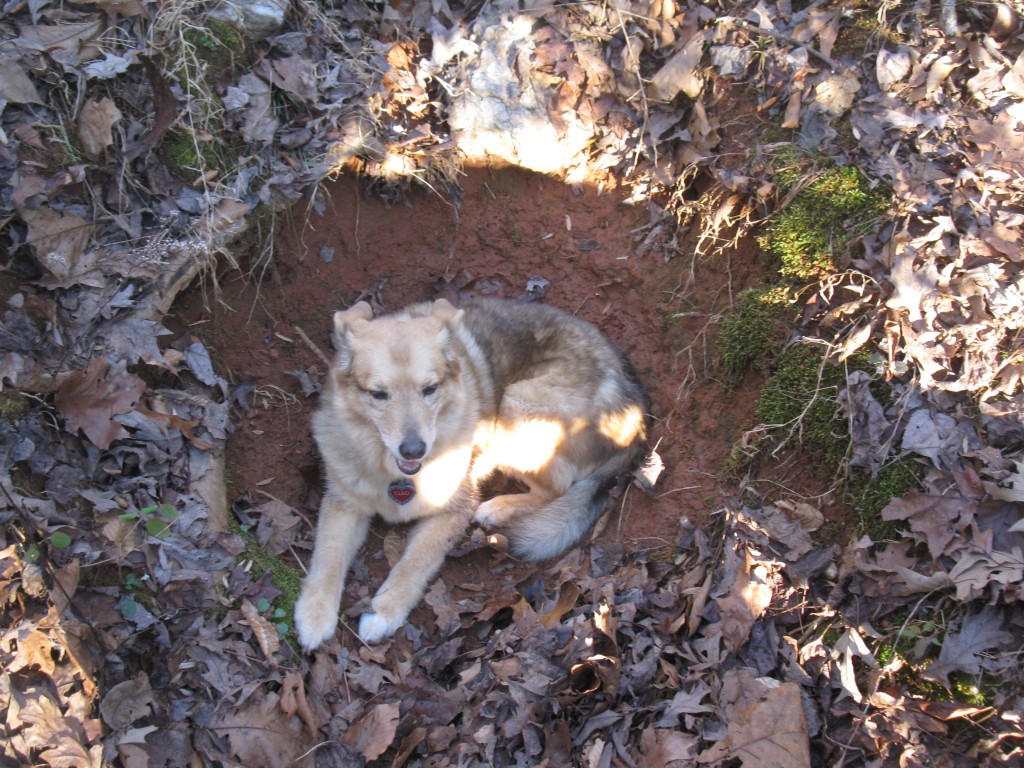New paper in press: Jefferson and McGee, Channel network extent …in the North Carolina Piedmont
Jefferson, A. and McGee, R.W. in press. Channel network extent in the context of historical land use, flow generation processes, and landscape evolution in the North Carolina Piedmont, Earth Surface Processes and Landforms
Here’s the abstract:
Intensive agricultural land use in the 18th through early 20th centuries on the southeastern Piedmont resulted in substantial soil erosion and gully development. Today, many historically farmed areas have been abandoned and afforested, and such landscapes are an opportunity to study channel network recovery from disturbance by gullying. Channel initiation mapping, watershed area-slope relationships, and field monitoring of flow generation processes are used to identify channel network extent and place it in hydrologic, historical and landscape evolution context. In six study areas in the North Carolina Piedmont, 100 channel heads were mapped in fully-forested watersheds, revealing a channel initiation relationship of 380=A*S1.27, where A is contributing area (m2) and S is local slope (m/m). Flow in these channels is generated by subsurface and overland flow. The measured relative slope exponent is lower than expected based on literature values of ~2 for forested watersheds with subsurface and overland flow, suggesting that the channel network extent may reflect a former hydrological regime. However,geomorphic evidence of recovery in channel heads within fully forested watersheds is greater than those with present day pasture. Present day channel heads lie within hollows or downslope of unchanneled valleys, which may be remnants of historical gullies, and area-slope relationships provide evidence of colluvial aggradation within the valleys. Channel network extent appears to be sensitive to land use change, with recovery beginning within decades of afforestation. Channel initiation mapping and area-slope relationships are shown to be useful tools for interpreting geomorphic effects of land use change.
The paper is now available on-line at: http://onlinelibrary.wiley.com/doi/10.1002/esp.3308/abstract.

